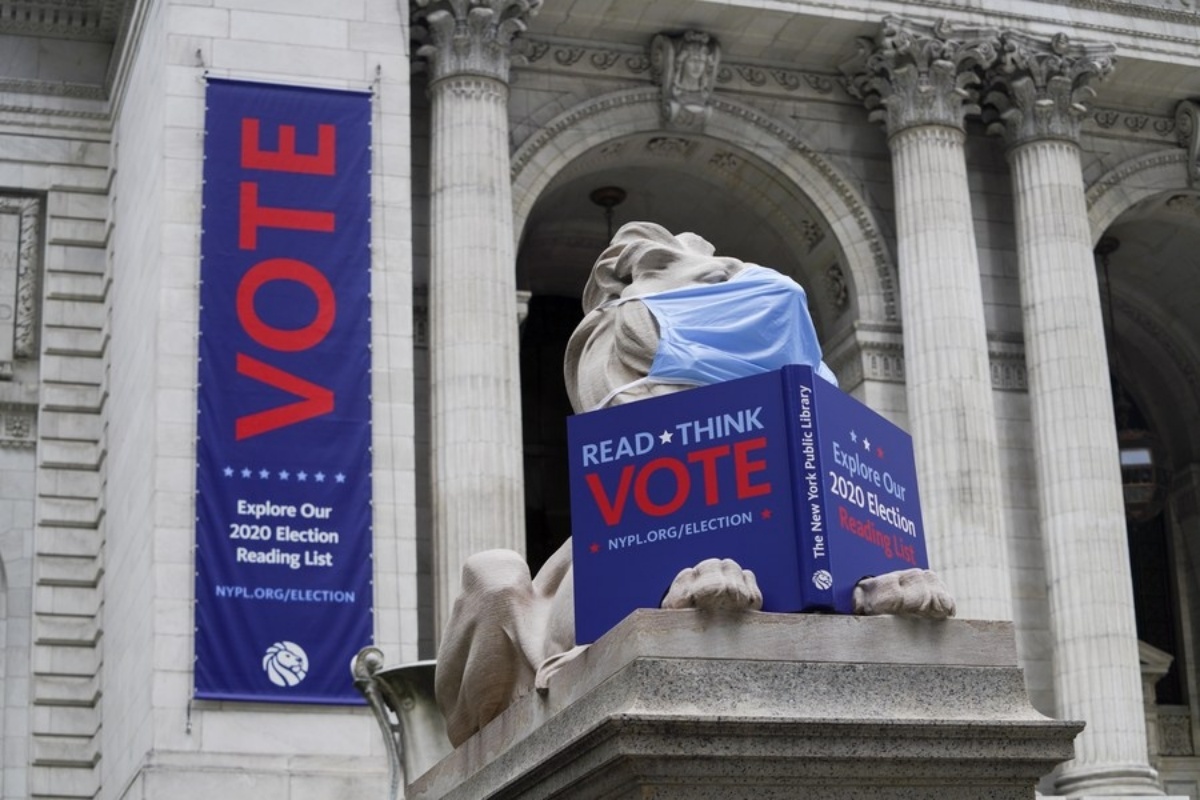Indian-Americans Bhatia and Theegala are second and sixth in Hawaii
Bhatia shot a second straight bogey free round with 66 and is now 20-under and one shot behind the leader Chris Kirk (66) who is 21-under.
“For Indian-Americans, this was a 9 percentage point increase compared to the 2016 election, while for Japanese Americans, the increase was a modest 4 percent,”

New York, Nov. 03 (Xinhua) -- Advertisements encouraging people to vote in the upcoming 2020 U.S. presidential election are seen outside New York Public Library in New York, the United States, Nov. 2, 2020. (Xinhua/Wang Ying/IANS)
In the November 2020 US presidential elections, Indian-Americans reported the highest rate of voting at 71 percent among adult citizens, according to the publisher of demographic data and policy research on Asian Americans and Pacific Islanders (AAPI).
Japanese Americans came second with 66 per cent, an AAPI Data blog reveals.
Advertisement
“For Indian-Americans, this was a 9 percentage point increase compared to the 2016 election, while for Japanese Americans, the increase was a modest 4 percent,” it said.
Advertisement
The blog further said that the election on November 3, 2020, witnessed a major increase in voter engagement among AAPI community, “building on record gains in voting in the 2018 midterm elections, where midterm voter registration and turnout jumped across every segment, including by nativity, age, gender and geography”.
Karthick Ramakrishnan, the Director of AAPI Data, told NPR there was a stark increase in voting among second-generation immigrants, who were born in the US to immigrant parents, The American Bazaar reported.
“This second generation is coming of political age and especially during this moment of Covid and the increase in anti-Asian racism and hate incidents, you are seeing a kind of political consciousness that’s forming that will likely last a generation.
“Given the success of Kamala Harris as the highest-ranking Asian American elected official, as well as senators and members of Congress that have done very well over the last decade, we will likely see many more Asian Americans running for office in the future inspired by those examples,” he was quoted as saying.
Advertisement